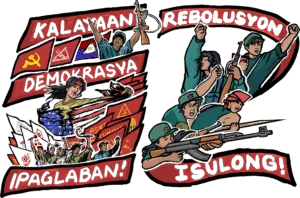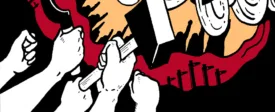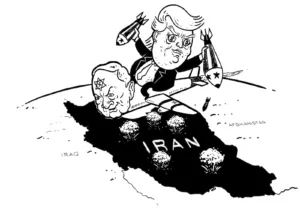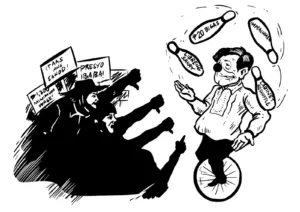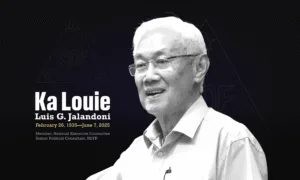The Communist Party of India-(CPI) Maoist commemorated the 24th anniversary of the People’s Liberation Guerrilla Army (PLGA) with a week-long celebration from December 2 to December 8. The Party called for expanding the mass base, expanding its revolutionary forces, and preserving and advancing the Party, PLGA, and the revolutionary united front. The Party called for intensifying the fight against the counterrevolutionary “Kagaar” unleashed against Indian and Adivasi people in the central Indian state.
The Military Commission of the CPI (Maoist) led the assessment of the PLGA’s status in a year of revolutionary struggle that began in October. It acknowledged the setbacks caused by internal weaknesses and limitations, as well as intense enemy attacks. It revisited the victories and lessons from the Party’s significant decisions since 2019, which led to a resurgence in armed struggle in the following years (2020-2022).
With this, the CPI (Maoist) recognized positive experiences in guerrilla warfare and successful mobilization of the people in anti-imperialist, anti-bourgeois comprador, anti-feudal, and anti-militarization struggles.
These include the attack by combined PLGA forces from different units against a police camp in South Bastar, Dandakaranya on January 16. In this raid, guerrillas surrounded a village occupied by 500 paramilitary and special command forces and fired over 1,000 grenades from spigot grenade launchers and hundreds of bullets. Over 35 police and commandos were killed and 40 were injured.
PLGA units continued to launch tactical offensives in response to the Party’s call for a counter-offensive campaign from March to June.
This resulted in at least 100 guerrilla actions in the first 10 months of the year, which killed 64 enemy troops and injured 120.
Nevertheless, these numbers were lower compared to previous years, according to the CPI (Maoist). The efforts to arrest the damage from enemy attacks were insufficient. Within 10 months alone, 254 PLGA fighters were martyred. This was due to the persistence of old practices and the inability to keep the guerrilla army movements and methods secret, the Party noted.
To address this, the Party tasked the PLGA to ensure the preservation of subjective forces and avoid losses. It stated that the methods of camping, movement, acquiring weapons, holding meetings and studies, military training, and the use of electronic devices needed to be changed. It was necessary to dismantle the networks of informers, spies, “surrenderees,” and double agents planted by the enemy in communities and neutralize their impact.
The Party estimates that the reactionary Indian state deployed around 800,000 police, paramilitary, commandos, air force, and special forces in the Kagaar campaign. These forces encircled and occupied suspected revolutionary bases, including forests. Foreign and local corporations target these areas for the construction of dams, energy plants, and mines.
In response to this, the Party emphasized the need to improve the PLGA to make it more effective in waging guerrilla warfare.
It added the need to create a broad movement to prevent counterrevolutionary attacks on the people, as well as the need to oppose the ruling Hindu fascist class, represented by the Modi regime, in building a “Hindu state run as if a corporation.” Under this scheme, all forests and even plains of the country will be handed over to local and foreign companies for agriculture, mining, energy plants, and others, to the detriment of Indian and Adivasi people.
